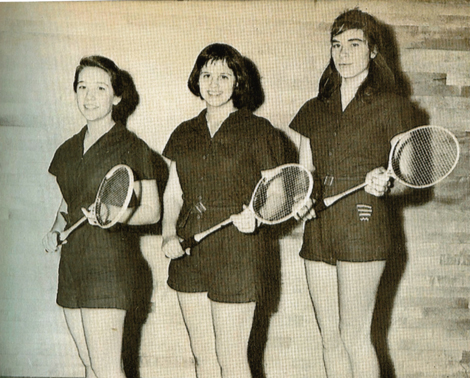School—the word alone makes me shiver. I was forced to go when I was five. “Forced” is an ugly, ugly word but sometimes it turns out for the better. In the ’50s I attended an all-girls school that focused on posture, a good translation of Cicero, and the perfect thank-you note—there was no sex. In the ’60s I got into Cornell and the attitude was, in the fine arts school at least: Don’t teach them anything lest you damage their creativity—there were a lot of drugs and boys. I learned nothing, so I am really not fit to say much about this subject. But I won’t let that stop me.
In the ’60s artists, poets and musicians were encouraged to be a little crazy, odd and abnormally neurotically depressed. Of course, back then everyone except one’s parents was a little crazy, due to rock and roll, acid, sex, heroin, radical politics and more sex. All this explains why my teachers at Cornell didn’t teach us anything, fearing it would hinder our creative ability, cramp our style, or cause us to burst into tears. They encouraged freedom: Suddenly I didn’t have to wear a circle pin, loafers or even a skirt. I wore motorcycle boots, unwashed jeans caked in paint, and it wasn’t until my 12th acid trip that my teachers thought I was a little strange and sent me home to seek mental help.
Later in New York, I “hung” with the “New Image” painters who lived below the Village; they were moody, ill-mannered, and felt misunderstood even after they became rich, all of which was a pose due to some distant inkling that the artist’s job was to be different and bring a new image to the art world. The “New Image” movement was short-lived but did produce some amazing artists. I thought Susan Rothenberg and Neil Jenning were the best, but the critics picked Richard Serra, Philip Glass, Joan Jonas and so on. I considered the plays I did for Ronnie Tavel and the Ridiculous Theater a part of this movement but the critics talked about Warhol’s “Chelsea Girls” and nothing else.
Schools are different now, being an insider is better than being an outsider, and school is necessary because you have to learn what’s in—because whatever “is in” makes money.
Cornell did teach me two lessons. I was on scholarship, which meant I shared a room with another girl. I quickly learned I could live a lot more comfortably off campus if I shacked-up with a guy. Later, poor and without a car in LA, I married a guy for a Trans Am, a big house and my own swimming pool, so I could focus on my art and not be bothered by petty insecurities. He got me a show, which sold out, and I moved immediately into a loft on Western Avenue. College girls today have so much debt that the only thing they learn how to do is struggle. Debt is worse than poverty. It doesn’t leave you with any time to think about art. Obviously I wasn’t thinking about money since I didn’t get paid, but I knew exactly where I was and I was thinking about art… and drugs.
The other lesson came when Cornell threw me out. I landed in New York and fell in with Warhol, which turned out to be what I am most known for, although ironically, I portrayed a High School principal in a late ’70s punk rock musical.
Schools used to be things artist rebelled against. But now everybody wants to be on the inside, where the money is, not on the outside where art used to be.


